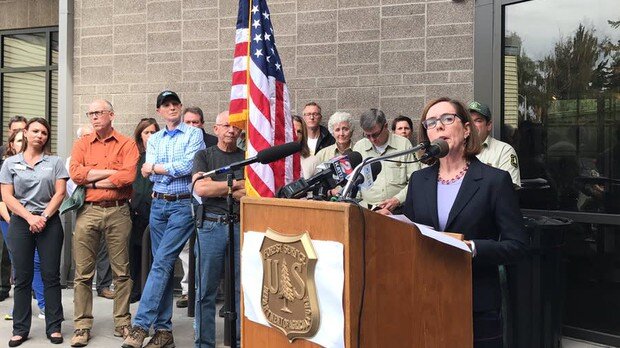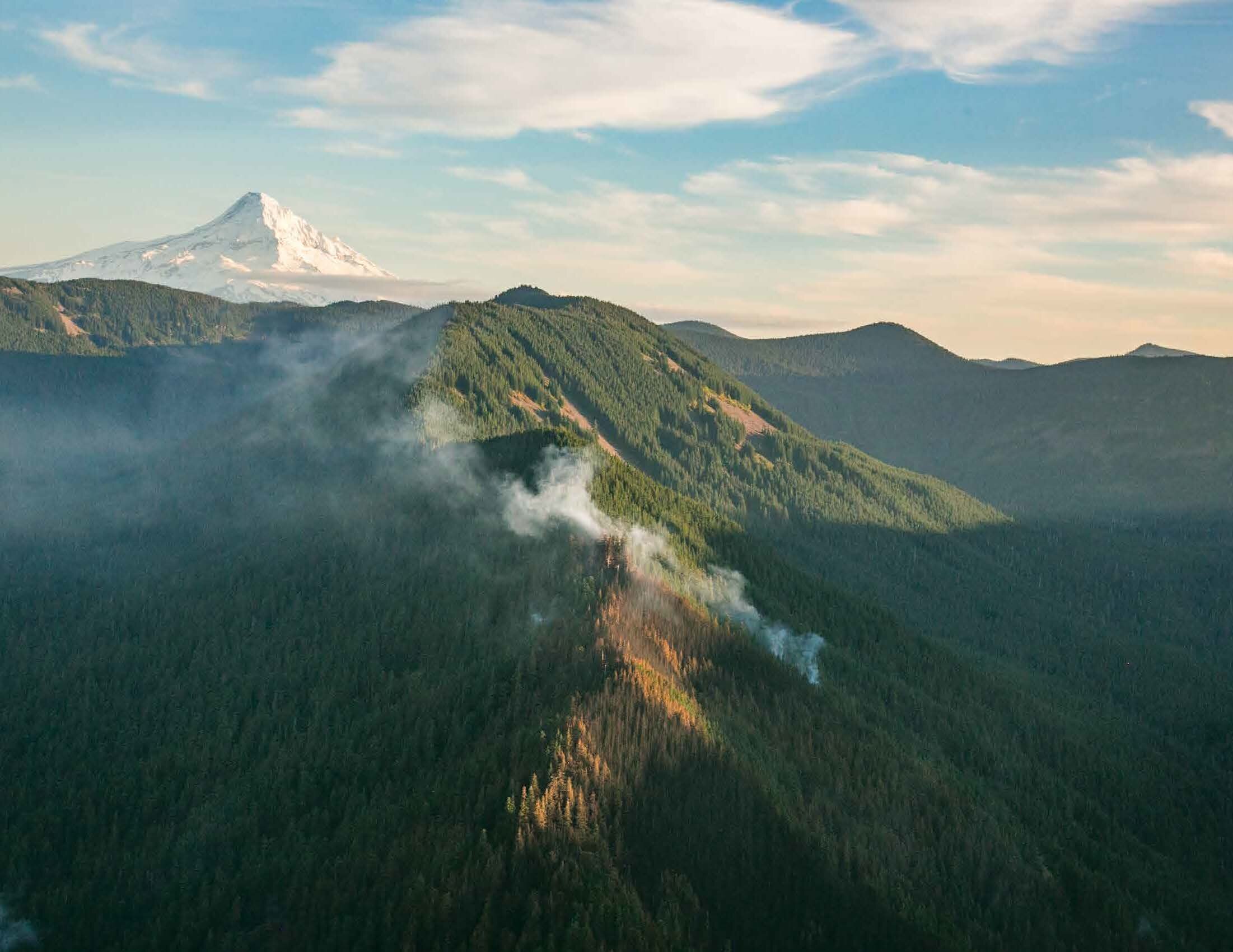
Fly on the Wall: The Northwest Forest Plan Federal Advisory Committee meeting in Eugene (Part 1)
The Federal Advisory Committee (FAC) working on the USFS' Northwest Forest Plan (NWFP) amendment held their third in-person meeting in Eugene, Oregon in January. Comprised of 21 volunteers representing diverse interests and groups from across the Pacific Northwest, the FAC has done a remarkable job of producing policy recommendations for the upcoming Environmental Impact Statement. In fact, they delivered 81 single-spaced, double-sided pages full of recommendations divided among the six subcommittees they created (Climate, Fire resilience, Old-growth, Tribal inclusion, Communities, and Biodiversity).

USFS Launches Northwest Forest Plan Amendment
The U.S. Forest Service convened the first meeting of a Federal Advisory Committee (FAC) in early September to work on an amendment of the Northwest Forest Plan (NWFP). Covering 17 national forests in 3 states, this is one of the most ambitious planning projects the agency has initiated in years. The agency wants to modernize the 30 year old NWFP by developing new strategies for dealing with climate change and wildfires, and engaging Tribal communities and Indigenous perspectives that were largely excluded from the original plan.
FUSEE's program director for the FireGeneration Collaborative, Ryan Reed, serves on the 21-person FAC as the sole designated "public" representative. Ryan is an Indigenous fire practitioner and wildland firefighter, and is the youngest member ever to serve on a FAC.

Don’t stop or shop, until you drop
“Permission has been given to use one blade wide dozer lines in the wilderness.”

Analysis of policy recommendations by the Governor's Wildfire Response Council
This analysis concentrates on the work of the Fire Suppression Committee of the Governor's Wildfire Response Council (WRC), relying on draft policy recommendations issued on September 16, 2019.

Forests, Wildfire and Climate Change
Wild re has been an integral part of western forests for thousands of years, but in recent decades con icts between people and re have increased dramatically. Climate change is bringing hotter, drier conditions to western forests, which is increasing re activity, and scientists predict that this trend will continue as the planet heats up. This guide is intended to help climate and forest activists understand the unique dynamics between forests, wild re, and climate so we can collectively chart a new path towards community resilience to the impacts of climate change. By modernizing our wild re policies, we can protect homes and communities while restoring the important role that re plays in the forest ecosystems of the American West.
